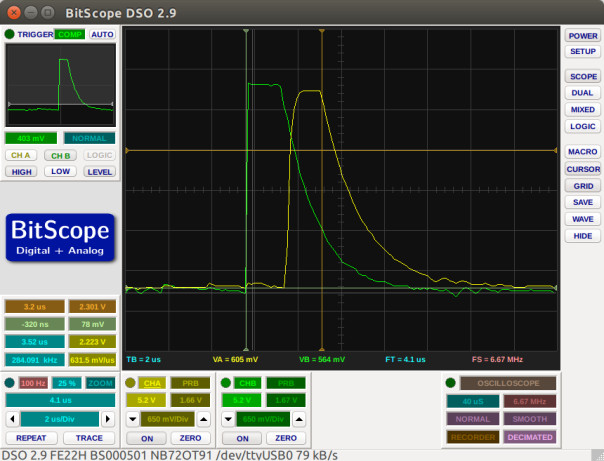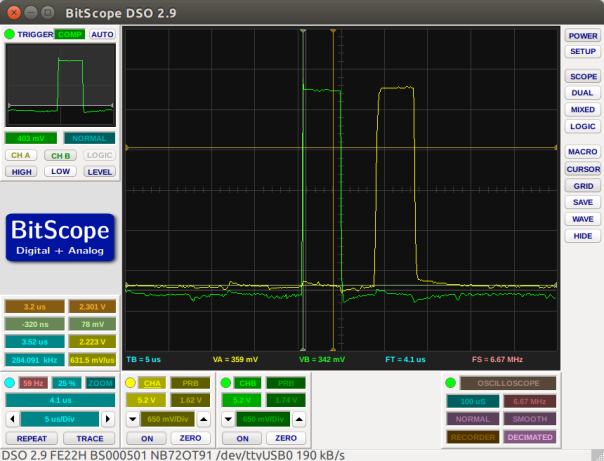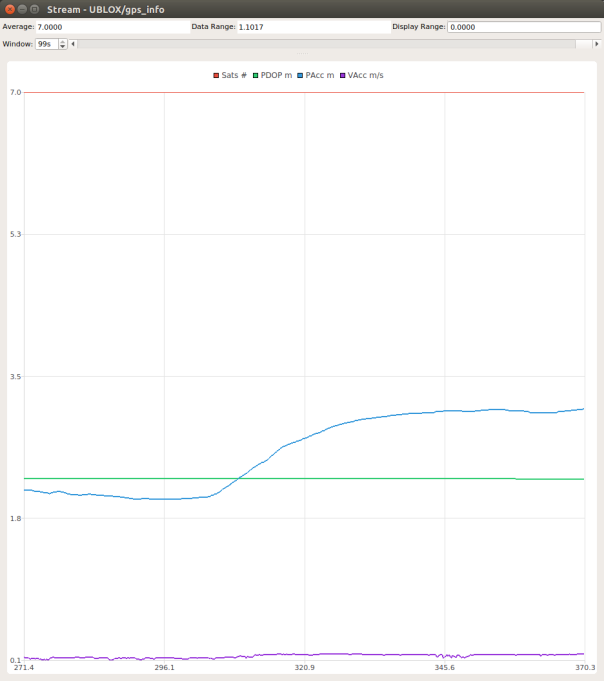For a multirotor to fly, the thrust of each motor has to be equal, within certain tolerances. These tolerances depend on the bandwidth of the multirotor which are usually reflected in (well tuned) rate PIDs.
Let me explain:
The rate PIDs are usually tuned to reach the best impulse response which depends on the moment of inertia (radius, mass and mass distribution) and thrust inertia (prop weight, motor power, ESC, etc etc).
Unbalanced motors result in a steady-state error for the rate PID which it has to compensate for using the P and the I terms. Going too high with either term – higher than the multirotor bandwidth can allow – will cause oscillations and instability.
It might seem obvious that unbalanced motors are bad. In the end all motors – even high end ones – tend to have slight Kv differences which results in different thrust for the same PWM input. It happened to me when I last tested my quad – it kept flipping over at launch and I didn’t understand why the PIDs cannot compensate for this. All other quads work and surely they have their own unbalanced motors.
So when I got home I measured the Kv of each motor and I found that one of them is lazier – around 90% thrust compared to the others.
So I fired up the simulator and added some randomness to each motor thrust (between 80% and 120%) and yes – the quad wouldn’t fly. The rate PID was unable to compensate for the difference in thrust. Increasing a lot the P term or a bit the I term stabilized the quad.
So Success!!
But what if I couldn’t increase the P or I because of oscillations? What if my PID was at its limit, stability wise? Then the quad would not be able to fly with this particular combination of motors and moment of inertia.
Seems like a silly conclusion – if the motors are bad the quad will not fly – but I felt like I had some sort of epiphany that the thing responsible to compensate for bad motors is the same thing responsible for fully using the quad bandwidth – so unbalanced motors need some bandwidth margin to allow the PID to compensate for them.






















